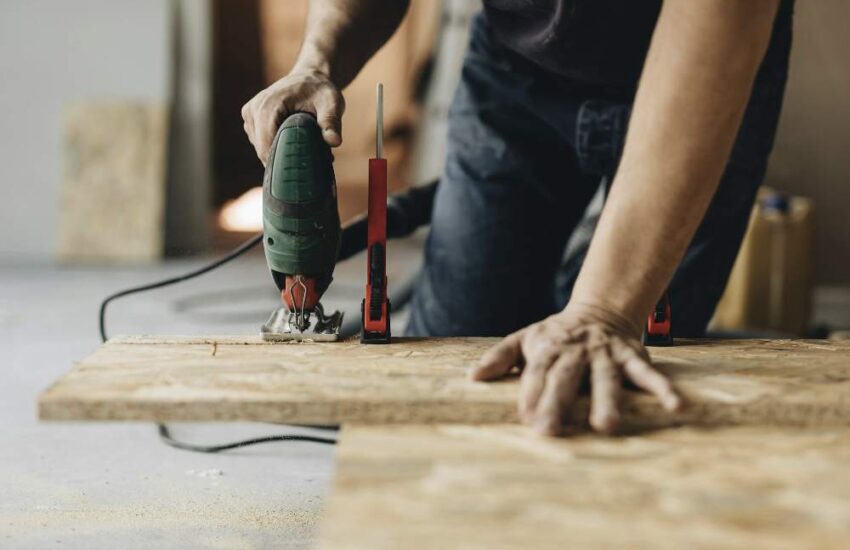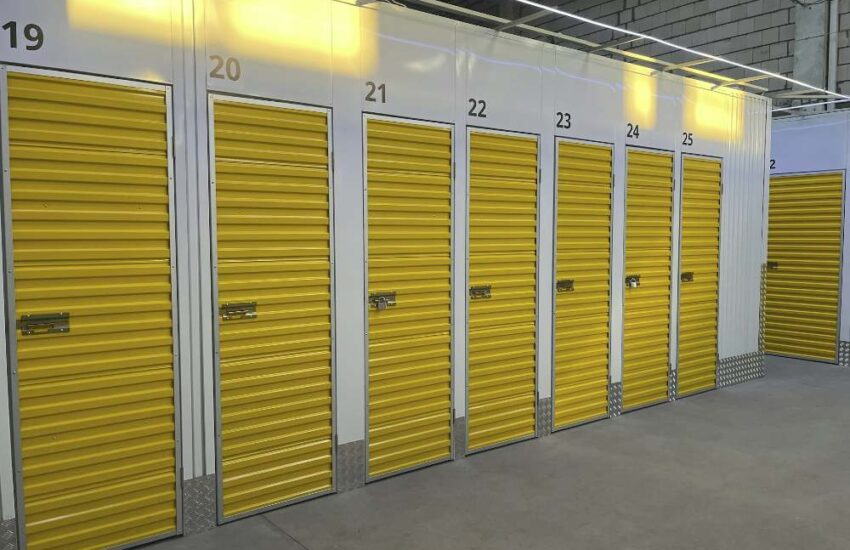What Is Important To Know About Your Home Electricity
For your home to function, electricity is necessary. We depend on our home’s electrical system to give us electricity where and when we need it, whether we’re watching TV, using heating and cooling equipment, or simply charging a phone.
An underground connection or a network of outdoor power lines supplies electricity to your home through a service head. Two 120-volt cables and one neutral wire make up a conventional service head, which supplies electricity from power to choose texas electric to fixtures and appliances throughout the house. If you are concerned that your electric company is not honoring the rates it advertised then file a powertochoose complaints.
You can keep this crucial system regularly maintained and operating safely by being aware of the fundamentals of how power is delivered throughout your home.

Primary Circuit Breaker
The switch regulating the electricity to the remaining circuit breakers within the service panel is a sizable main breaker. Its size is determined by the service capability of your home. Today’s typical solar panels offer 200-amp (ampere) service.
A 200 amp main breaker will only permit 200 amps to pass through it before tripping. There won’t be any current flowing to the panel when it is tripped. In most installations, the main breaker serves as the household disconnect, eliminating the need for an external disconnect switch.
However, as simple as this sounds, electricity is never a smart thing to play with, so contacting the experts, like those at Artisan Electric, Inc is the best and safest solution. It is also important to understand that by turning off the main circuit breaker, all branch circuit breakers inside the panel and, as a result, all circuits in the house lose power.
Even though the main breaker is turned off, power continues to flow into the panel, and the service lugs unless a different disconnect switch is used to cut it off. Unless the utility turns off the power, it is always there in the electric meter and service lines.
Home Appliances
All of the electrically-connected objects in a home are referred to as “devices,” including receptacles, switches, lighting fixtures, and appliances. The individual branch circuits, which begin at the breakers in the primary service panel, are connected to devices.
Receptacles, switches, and fixtures, as well as other devices, can all be found on a single circuit, or they can just supply power to one appliance or receptacle. The second is referred to as a “dedicated circuit.”
These are utilized for appliances with crucial uses, such as water heaters, furnaces, and refrigerators. Dishwashers and microwaves, for example, are frequently placed on separate circuits as well so that they can be turned off at the panel board without affecting the operation of other appliances. Additionally, this lessens the likelihood of circuit overloads.
Outlet
Receptacles, or electrical outlets, supply electricity to plugged-in electronics and appliances. Devices that could be plugged into an outlet include toasters, lamps, computers, freezers, and vacuum cleaners.
Home outlets typically range from 15 to 20 amps; 20 amp outlets have a higher capacity without striking a breaker. High-demand appliances like electric ranges and laundry dryers may have specialized outlets that offer 30 to 50 amps or more of current.
Switches
In your home, switches are the mechanisms that turn off and on lights and fans. To meet your design requirements, they are available in a variety of styles and colors. Dimmer switches, three-way, four-way, and single-pole switches are available.
When you turn a switch off, the circuit is “opened,” meaning it is incomplete or broken, and electricity is interrupted. The circuit is “closed” when the switch is turned on, allowing power to flow to the light or other device it is regulating.
Wiring
The wiring in your house is made up of a few distinct kinds of wiring, such as non-metallic cable, BX cable, and wiring hidden in conduit. The most typical kind of circuit wiring is an NM cable. It is appropriate to use it in dry, secure locations (such as inside stud walls or on the side of joists) that are not exposed to mechanical harm or extreme heat.
BX cable is made of wires that are encased in a flexible, damage-resistant sheath made of steel or aluminum. It is frequently utilized in locations with exposed wiring for equipment like dishwashers and garbage disposals.
Individually insulated wires are protected by conduit, which is a sturdy metal or plastic tube. It is utilized in sheds, garages, and outdoor settings where the wire needs to be shielded from the elements.
These cables’ internal wires are sized for the amperage of each circuit. The gauge number of a wire indicates its size. The wire is larger and can carry more electricity when the gauge is lower.
All homeowners need to be aware of these things when it comes to residential power. Given how harmful electricity is, it’s important to understand its fundamentals to avoid getting into awkward situations. So, we hope you will find this article and the things on the list useful!


